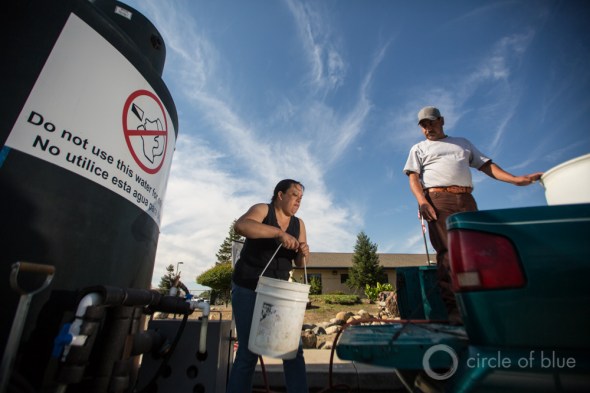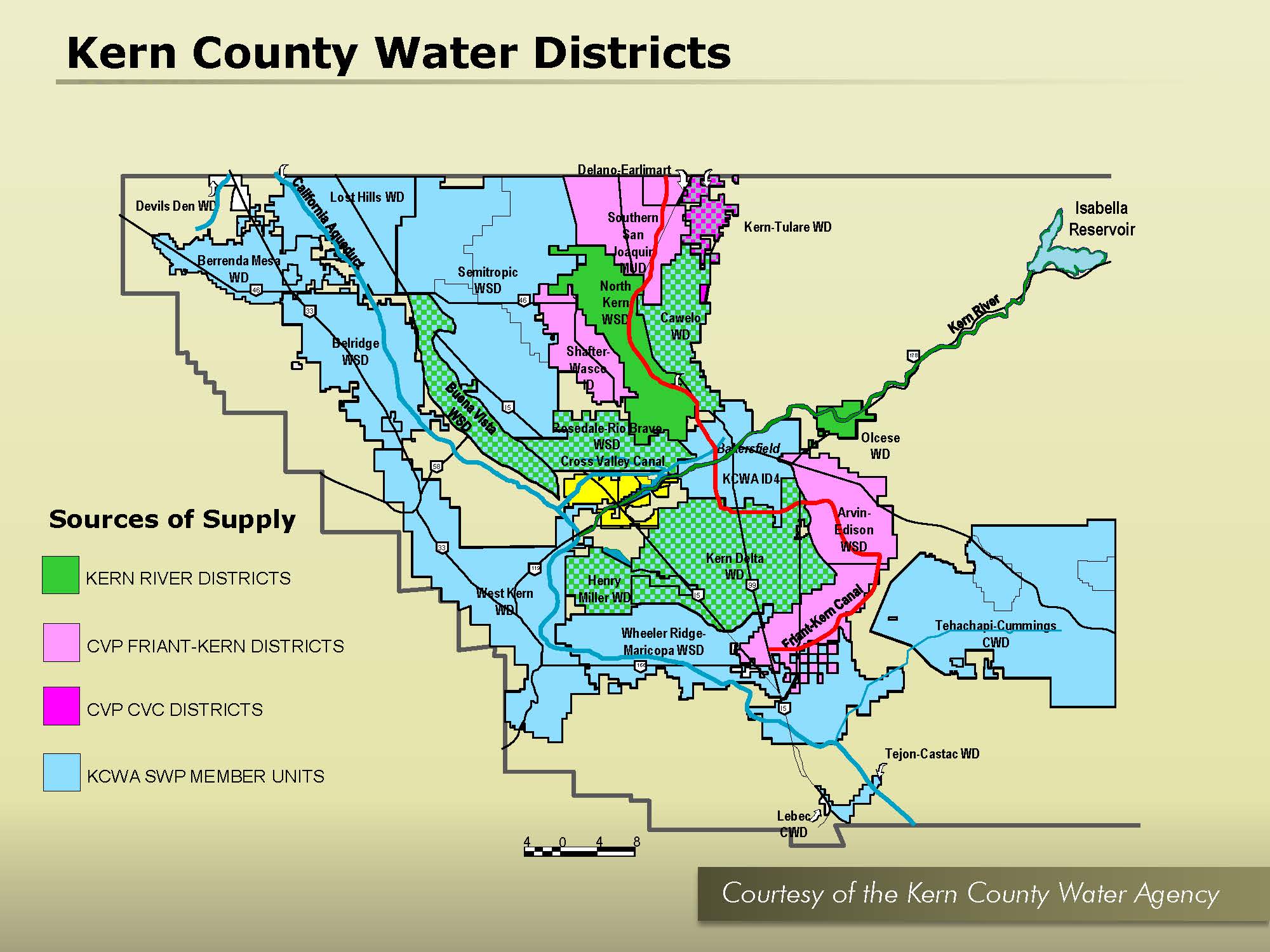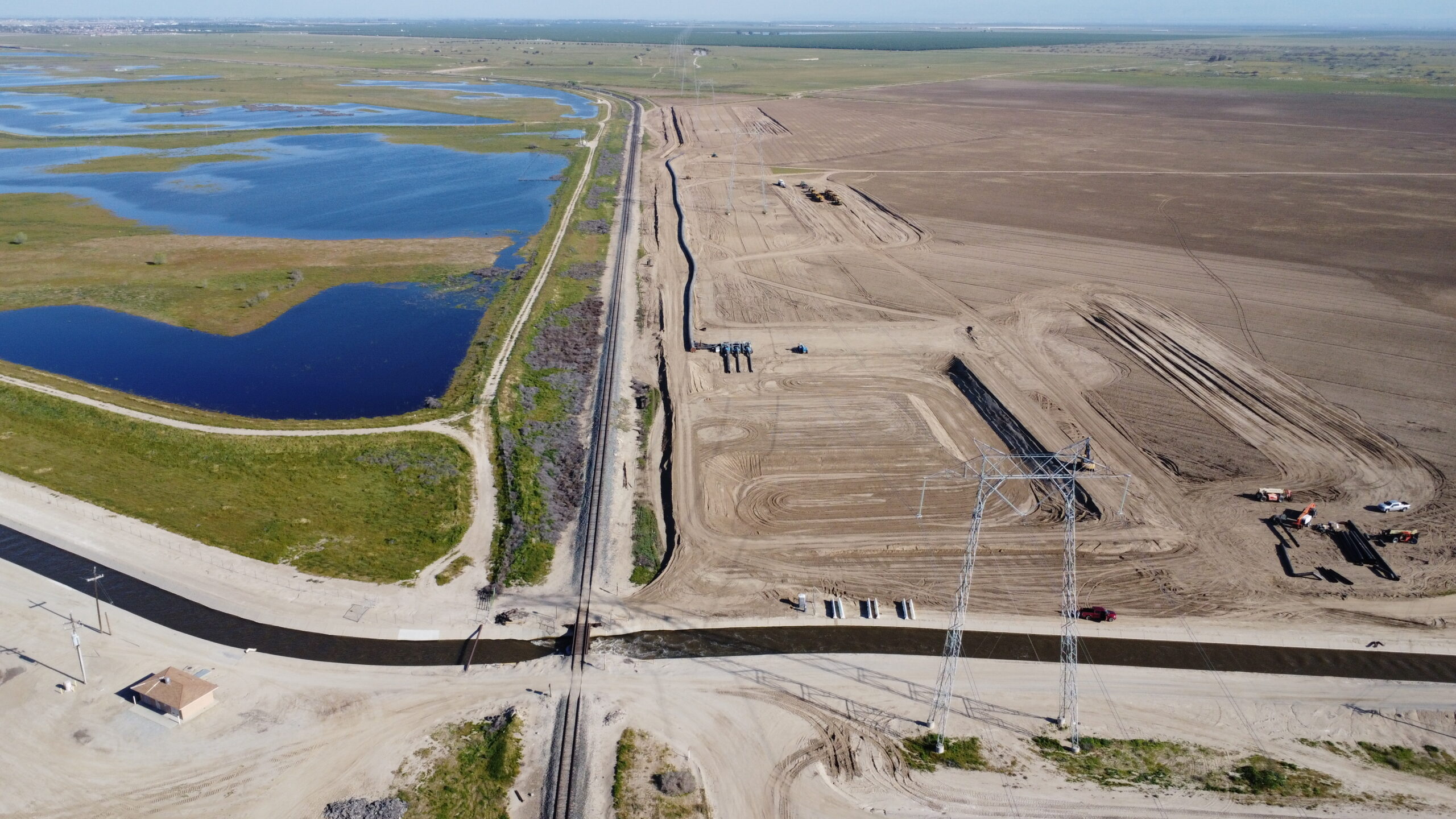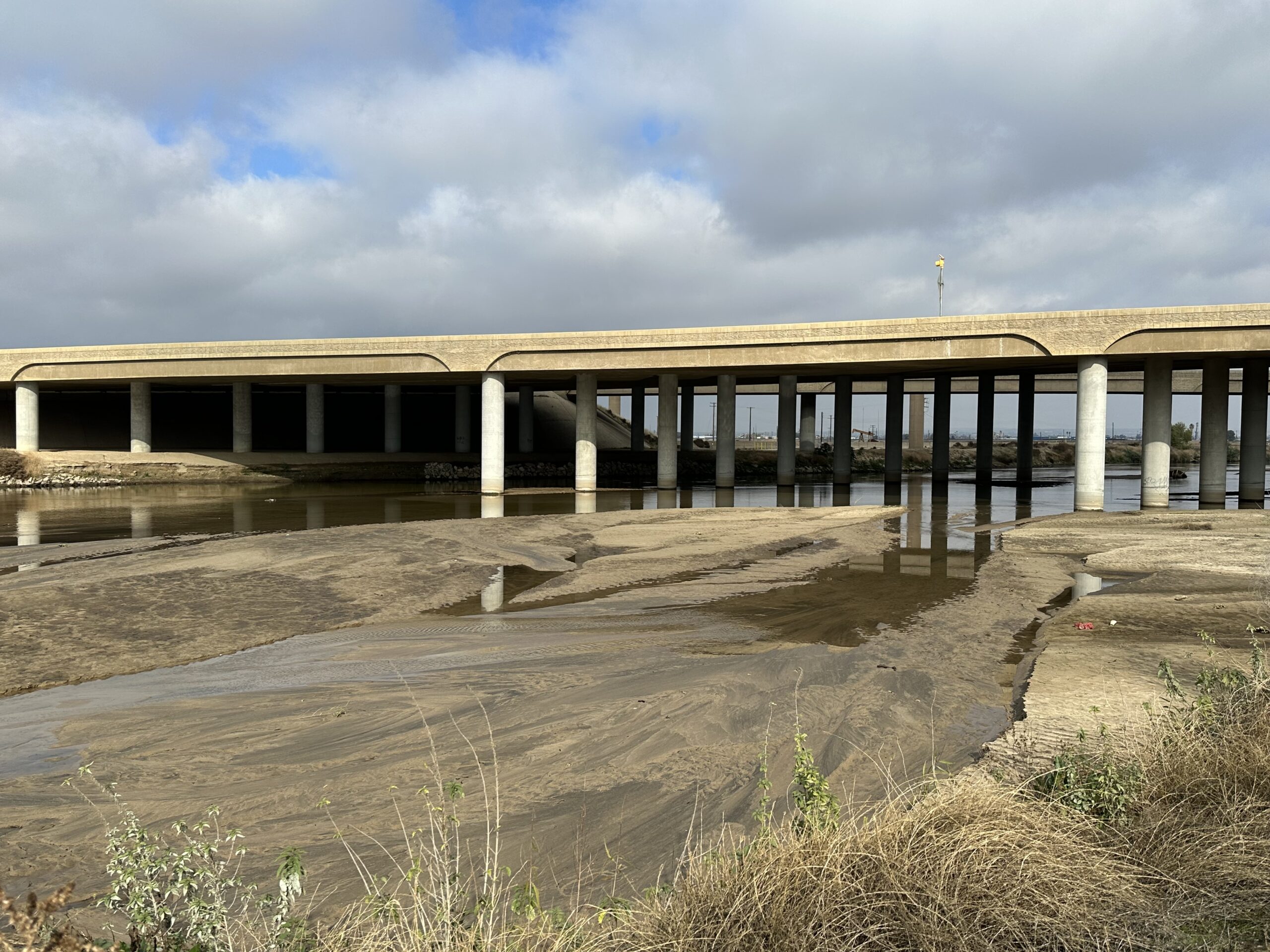The epicenter of dry wells during California’s last devastating drought was undoubtedly Porterville. The small Tulare County town saw wells go dry enmasse in its unincorporated east side. It became a national headline as the media descended.
Amid the glare of tv cameras, the state pledged to help and agreed to build three new wells.
Five years have gone by, the state is in the grip of another drought and Porterville is walking a tightrope as the state connected more than 755 new homes to the city’s water system but only built one new well.
“We wish those three wells were done,” said John Lollis, City Manager of Porterville. “It would make this summer much more bearable.”
Where are the other two promised wells? Tangled in state bureaucratic tape and not expected to come online for another two to three years.
“Ultimately what went really quickly was getting all the homes connected,” said Lollis. “What has kind of dragged on is the other wells coming online.”
What makes the situation more questionable is the state knew about Porterville’s dire water situation before the last drought. It had even started the process to build a new well. But because of costs and other issues, it dragged on for years as residents’ wells started going dry.
A ‘SHIFT IN PHILOSOPHY’
The root of the problem began in 2013 when about a dozen small, private water systems and a school’s water system in Porterville were failing. Some wells were contaminated or needed increasingly expensive repairs.
So the state and the city began a consolidation effort. The failing systems, which served about 250 households, were to be connected to the city’s system. And a new well, paid for by the state, would be built to increase the city’s water supply.
The project began with the Akin Water Company, which was of greatest concern to the state because of water contamination. Akin’s customers were to be the first to connect to the city. And a new $3 million well, called the Akin well, was planned to provide enough water for the entire consolidation project.
That’s where progress came to a halt.
The project was being run by the state Drinking Water Program, which was under the Department of Public Health at the time. But in 2014, the program moved to the State Water Resources Control Board and was renamed as the Division of Drinking Water.
After the reorganization, the Water Board balked at spending millions of dollars for a single well in such a small system. The project dragged on until 2018 when the state reversed on its original agreement and pulled the plug entirely on the Akin well.
“That definitely was a shift in philosophy,” said Bryan Potter, senior water resource control engineer for the Tulare district of the Division of Drinking Water. “And a big shift in the discussions that were had with Porterville prior to that. So that is where the shock sets in.”
By that point, the Akin Water Company’s original well had failed completely so Porterville made an emergency connection and transferred Akin’s customers onto the city system.
“The state became desperate because they have lots of water needs,” said Porterville’s Lollis. “I understand why it happened, doesn’t mean I agree with it.”
THE CRISIS
When the last drought hit, wells in east Porterville went dry enmasse. Hundreds of residents didn’t have enough drinking water let alone water to bathe and flush. State, county and local organizations delivered bottled water and filled water tanks during the crisis. But at a cost of $650,000 per month, it wasn’t sustainable.
State and local agencies partnered to connect the dry households to the city system. The $48 million project required new piping, pumps, tanks and those three new wells promised by the state.
One of the wells, dubbed the City/County Well, was funded through grants from the county and completed in 2017. Porterville took ownership of that well in 2021.
But the other two wells have yet to materialize.
One, called the Church Well, is finally being equipped. It was paid for by the Department of Water Resources and the State Water Board. Property negotiations, construction contracts and the building of the well took years. Lollis expects it to be completed by December, 2021.
The third well was even more delayed. Property negotiations for the well’s location failed.
Instead of starting from scratch again, Porterville officials proposed using the unfinished Akin Well for the east Porterville project. There was already a location for the well on city property and test holes had been drilled before the state pulled the plug.
The state agreed to the swap and the project was formally approved on June 1. The well still needs to be drilled and equipped. Lollis expects it will be completed by late 2022 or early 2023.
“Once the crisis of people not being able to use any water was averted, I think the urgency of completing that project was delayed,” said Monte Reyes, Mayor of Porterville. “Having those wells would really make it a lot easier for the city to be able to serve confidently.”
RISKING SYSTEM CRASH
The years of slow progress and failed negotiations have put the city’s water system at risk. All this time, the city system has been operating with the hundreds of connections from east Porterville without the water to accommodate them.
Since the last drought, Porterville has maintained a 25% water conservation mandate.
“That’s how, in essence, the crisis of capacity has been avoided,” said Lollis. “Existing customers have saved, which is why our system hasn’t crashed.”
But as severe drought sets in once again with years left until all three wells are completed, the future is uncertain.
During the last drought, Fred Beltran was delivering water to east Porterville residents before the media caught wind of the situation. Beltran spent part of his youth in east Porterville. He and his wife have done community service work with the Porterville Area Coordinating Council for decades.
Now, Beltran is warning that people are at risk again.
“We need to make people aware now,” said Beltran. “We need to be prepared because people are going to run out of water.”
About 450 households in east Porterville chose not to connect to the city system during the last drought, according to Self-Help Enterprises, a Visalia-based nonprofit dedicated to helping valley residents with housing and water needs. If those households go dry and need to connect to Porterville, it would put even more strain on the city’s system.
The Public Policy Institute of California used groundwater data and well completion reports to forecast wells that could go dry by fall of 2021 and 2022. The report predicts more than 2,700 wells could go dry in the Central Valley this year and another 1,000 by 2022. Nearly 500 of those are in Tulare County.
That’s not good news for Porterville’s water system.
“It is a high risk,” said Samuel Sandoval, associate professor of water resources management at University of California, Davis, on Porterville’s lack of water. “You’re relying on a very unreliable source.”
Sandoval said many of the towns and cities that ran out of water in the last drought will go dry again this time. Many of those areas, such as east Porterville, are disadvantaged communities, burdened by poverty, health and environmental issues.
“Porterville is just the poster child, the perfect picture,” said Sandoval. “That is just the tip of the iceberg.”
Share this:
- Click to share on Facebook (Opens in new window)
- Click to share on Twitter (Opens in new window)
- Click to share on LinkedIn (Opens in new window)
- Click to share on Reddit (Opens in new window)
- Click to share on Tumblr (Opens in new window)
- Click to share on Pinterest (Opens in new window)
- Click to share on Pocket (Opens in new window)
- Click to share on Telegram (Opens in new window)
- Click to share on WhatsApp (Opens in new window)
- Click to print (Opens in new window)








